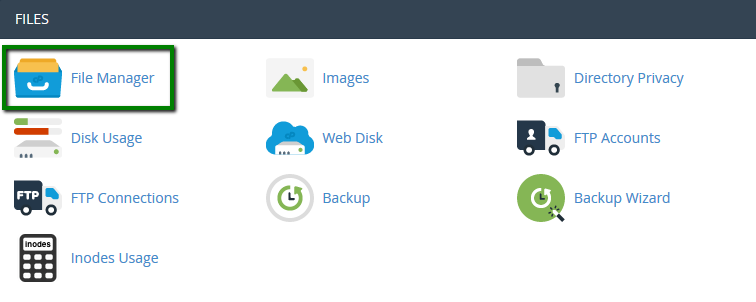

Unless you specifically need an FTP account for the addon domain (i.e., allowing limited access to a developer or similar), we do not recommend creating this FTP account. Note- There is a checkbox to create an FTP account when adding your addon domain.
CPANEL NAMECHEAP PASSWORD
Enter and confirm the password you want to use with this domain in the appropriate fields.In this example, we will use the default value, /home/$user//. Make sure that the document root is in the appropriate place.In this scenario, we will leave it as its default value, cpdocs. Ensure the FTP username is appropriate in the next field.Enter the domain name in the New Domain Name field.Addon Domains Icon in cPanel user interface

To add an addon domain, we can use cPanel’s Addon Domains feature, in the Domains section of the cPanel interface. If your domain is not registered, this would be the perfect opportunity to purchase the domain from your preferred registrar. This action will perform a lookup and display which company was responsible for registering your domain. If you’re not sure who your domain’s registrar is, you can always search for your domain on WHO.is.
CPANEL NAMECHEAP UPDATE
Then, take this information to your domain’s registrar (or your hosting provider if they are the domain registrar) and update the domain’s DNS settings. We recommend contacting your web host for the proper nameservers and IP address for your server. While not required, it’s a good idea to update the DNS of your domain to resolve to the server where it is hosted. What do I need to do before creating the addon domain? Most commonly, the document root for any addon domain will be in /home/$user/$addon-domain/. In our example, the addon domain’s public_html subdirectory will be /home/$user//. As shown below, you may specify the name and precise location of this directory when creating the addon domain. Essentially, online visitors to your addon domain are routed to this directory. Like subdomains, addon domains are stored in a subdirectory in your home directory. You can simply create addon domains and split your existing account’s resources. With addon domains, you don’t have to purchase an additional hosting account for each domain you operate. You can also create additional sub-accounts (for example, email addresses) for your addon domains. Unlike with Parked domains, Addon domains are expected to be completely different websites all hosted inside the same cPanel account.

The cPanel “Addon Domains” feature allows you to manage multiple domains from a single hosting account.
CPANEL NAMECHEAP HOW TO
In this post, we will go over how to add another domain to your existing cPanel account. It has been updated for accuracy, and readability.ĬPanel has made it easier to manage your domains in a single place. This post was originally added to our blog on January 31st, 2012.


 0 kommentar(er)
0 kommentar(er)
